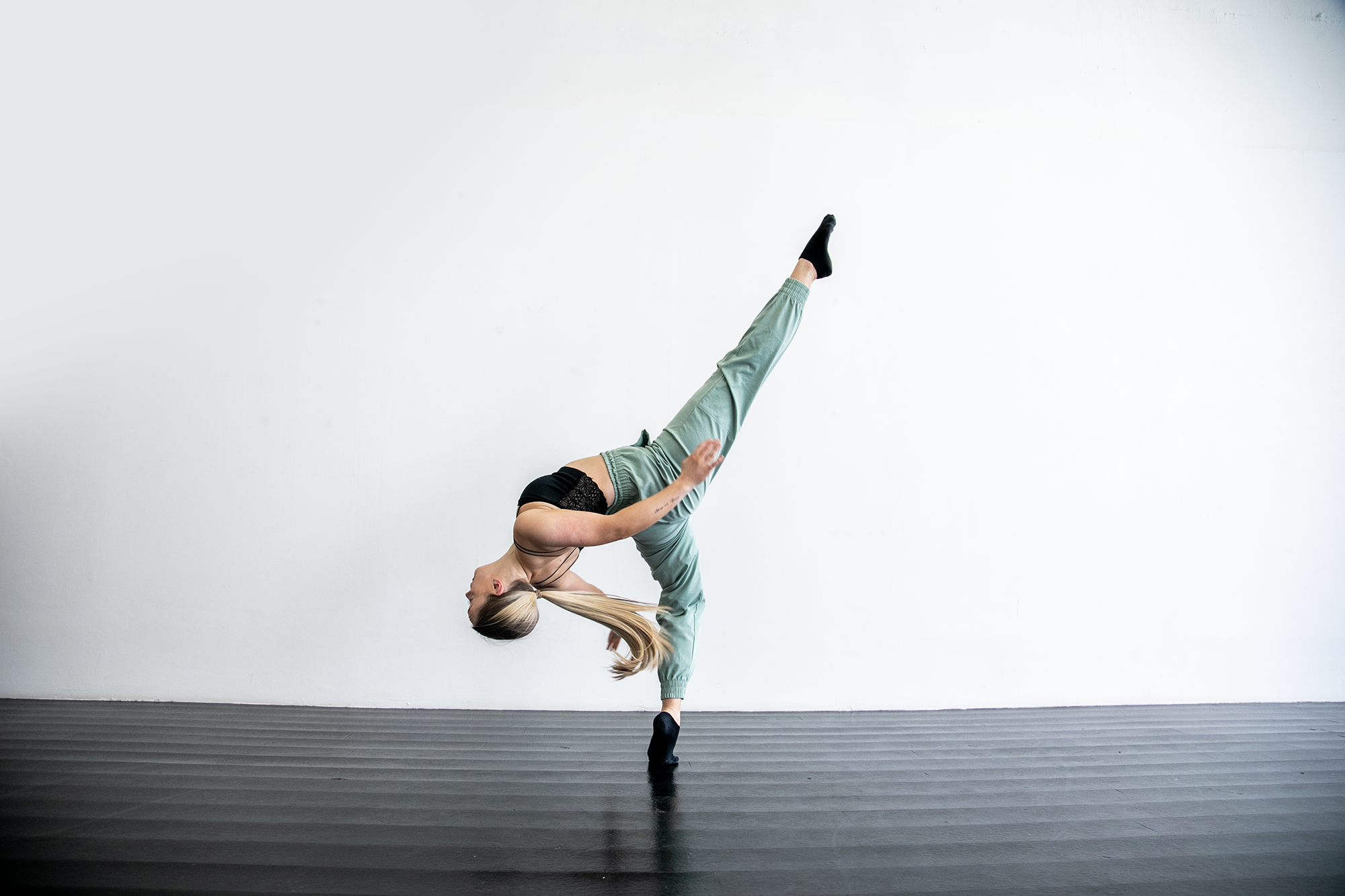Foundations for Excellence: Managing Joint Hypermobility – A Guide for Dance Teachers

By Isobel Knight MSc, Moira McCormack MSc, and Howard Bird MA MD FRCP
Joint hypermobility (a larger than average range of movement at a joint), which can be inherited or acquired through training, is common among dancers because of the aesthetic and flexibility requirements of dance. Many hypermobile dancers notice that their skin, fascia, ligaments and joint capsule stretch more than normal, causing difficulty in joint control. A proportion also experience symptoms of Hypermobility Syndrome (HMS), usually pain, in which parts of the body other than the joints are also affected. However, through exercise and good dance technique, naturally flexible dancers as well as those with HMS can strengthen the muscular system and control the range of joint movement while making the most of their advantageous line and aesthetics It is essential that teachers and dancers understand the unique demands of hypermobilty. This sheet gives recommendations for training for hypermobile dancers including training in imagery, proprioception, posture, and endurance, as well as psychological considerations.
Foundations for Excellence began as a Department for Children, Schools and Families’ Music and Dance Scheme conference in February 2009 at Dartington Hall. The energy that was evident at this event made it clear to the programme committee that this work needed to be developed and distributed further; to provide a resource to as many practitioners and young musicians and dancers to have access to the latest research, ideas, examples and good practice as possible.
Foundations for Excellence existed to share research, resources and best practice for the support and development of talented young musicians, singers and dancers. This was achieved through the online resource hub, the commission of new information sheets on a variety of specific topics and a biennial conference.
These information sheets were created by Foundations for Excellence in collaboration with One Dance UK’s Healthier Dancer Programme. You can find links to the other information sheets below.
Losing yourself in the work, or lost to nerves?
Beyond physical practice
The nature of motivation: a question of ‘Why?’
The intricate dance between motivation, goals, and success in the performing arts: A guide for teachers
KEY INFORMATION
Who is this for? Health and Wellbeing
Created on 05 July 2023